The Moisture Magnet Making Waves in Skincare
If you’ve ever dealt with dry, tight, or dull skin, there’s one ingredient your routine might be missing—hyaluronic acid (HA). It’s more than a trendy buzzword. HA is a naturally occurring molecule in your skin that holds up to 1,000 times its weight in water. That means it doesn’t just hydrate—it helps your skin retain that moisture, leaving it soft, plump, and visibly smoother.
At Rejûvaskin, we’re committed to clinically-backed solutions, which is why our Skin Recovery Cream includes hyaluronic acid as a hero ingredient to restore hydration, improve skin elasticity, and support barrier repair.
What Exactly Is Hyaluronic Acid?
Hyaluronic acid is a sugar molecule found naturally in the skin, eyes, and joints. It plays a key role in keeping tissues hydrated and cushioned. But as we age—or are exposed to UV rays, pollution, or stress—our HA levels drop, resulting in dryness, fine lines, and sagging skin.
The good news? Topical and injectable forms of HA have been clinically shown to restore moisture, improve elasticity, and even reduce the depth of wrinkles.
Scientifically Proven Benefits of Hyaluronic Acid for Skin
1. Deep, Long-Lasting Hydration
HA works by attracting and binding water to skin cells, offering both immediate and long-term hydration. A clinical trial found that low molecular weight HA increased skin moisture by up to 96% within eight weeks of use (Jegasothy et al., 2014).
2. Noticeable Wrinkle Reduction
Daily use of HA-based products has shown significant reductions in wrinkle depth—up to 40% in some studies—especially with formulations using low molecular weight HA for better skin penetration (Pavicic et al., 2011), (Jegasothy et al., 2014).
3. Enhanced Elasticity and Firmness
In clinical research, HA supplementation improved skin elasticity by up to 55% (Jegasothy et al., 2014), with additional support from studies showing smoother, more resilient skin textures in participants over 40 (Göllner et al., 2017).
What Makes Rejûvaskin’s Skin Recovery Cream Different?
We don’t just follow trends—we build formulas around results. Our Skin Recovery Cream blends hyaluronic acid with barrier-restoring lipids, botanicals, and peptides, making it the ideal solution for skin that’s dry, sensitive, or recovering from damage.
Our formula helps:
-
Hydrate deeply with HA to plump and smooth fine lines
-
Calm irritation with soothing botanicals
-
Rebuild the skin barrier for long-term resilience
-
Support healing for those undergoing cosmetic procedures or struggling with conditions like eczema or radiation irritation
Whether you’re looking to recover from damage or just want healthier, bouncier skin—this is your go-to.
Who Should Use Hyaluronic Acid?
HA is for everyone. It’s safe, non-irritating, and ideal for:
-
Dry or dehydrated skin
-
Aging or mature skin
-
Sensitive skin types
-
Post-procedure skin recovery
And because HA is non-comedogenic, it won’t clog pores—making it perfect even for acne-prone skin.
Pro Tips to Maximize Results
-
Apply to damp skin: This helps HA bind to water and lock in hydration more effectively.
-
Seal it in: Follow with a moisturizer or barrier cream (like Rejûvaskin’s Skin Recovery Cream) to prevent water loss.
-
Use consistently: Like most skincare ingredients, HA works best with regular use.
Hyaluronic Acid Deserves a Spot in Your Routine
From science to skin, the verdict is clear: hyaluronic acid delivers real, visible results. Backed by clinical evidence and championed in our Rejûvaskin Skin Recovery Cream, this moisture-binding molecule helps you achieve the hydrated, firm, and radiant skin you deserve.
Ready to experience the benefits for yourself? Trust the science. Trust your skin. Trust Rejûvaskin.
Works Cited (APA Style)
Göllner, I., Voss, W., von Hehn, U., & Kammerer, S. (2017). Ingestion of an oral hyaluronan solution improves skin hydration, wrinkle reduction, elasticity, and skin roughness. Link.
Jegasothy, S., Zabolotniaia, V., & Bielfeldt, S. (2014). Efficacy of a new topical nano-hyaluronic acid in humans. Link.
Pavicic, T., Gauglitz, G., Lersch, P., Schwach-Abdellaoui, K., Malle, B., Korting, H., & Farwick, M. (2011). Link.
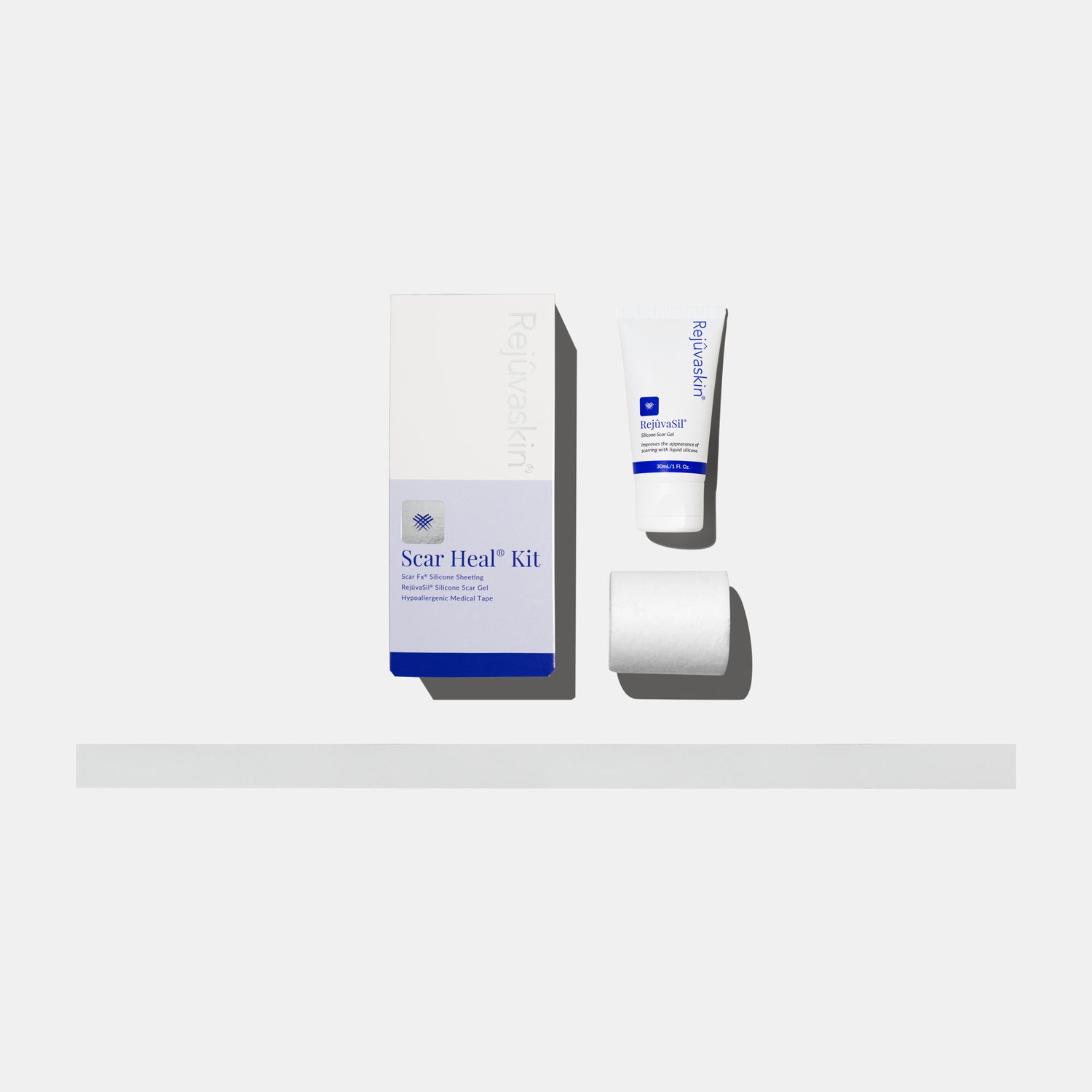


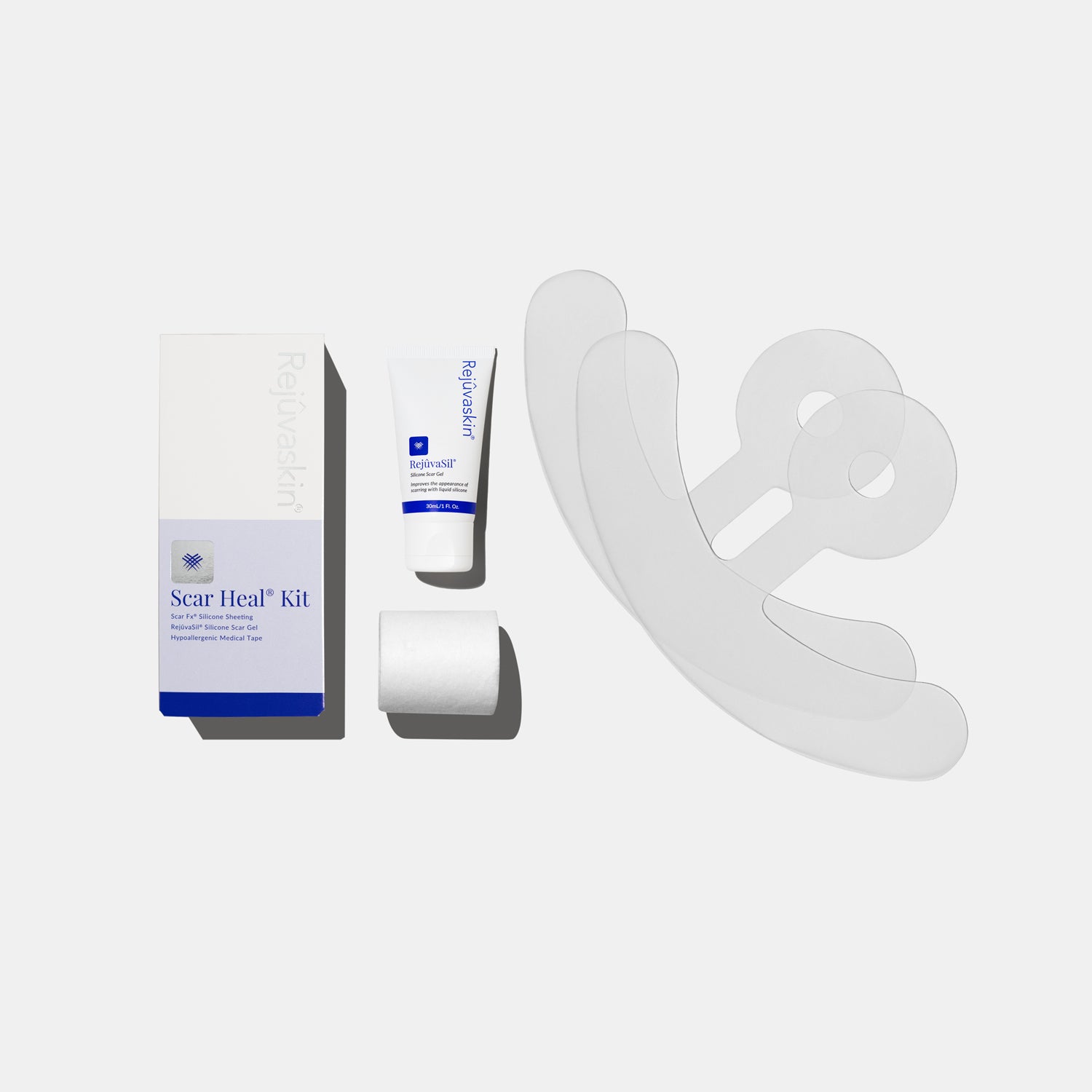
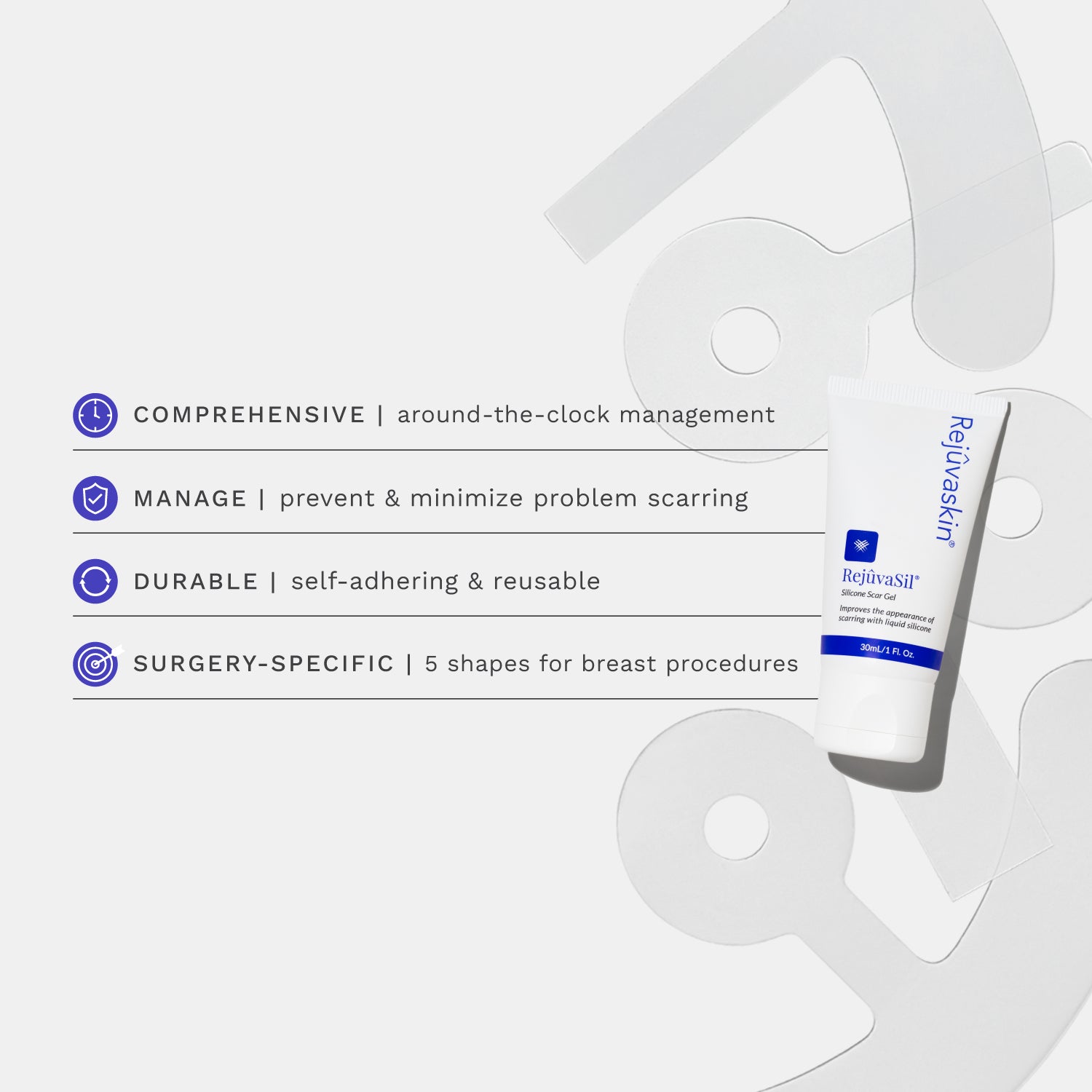
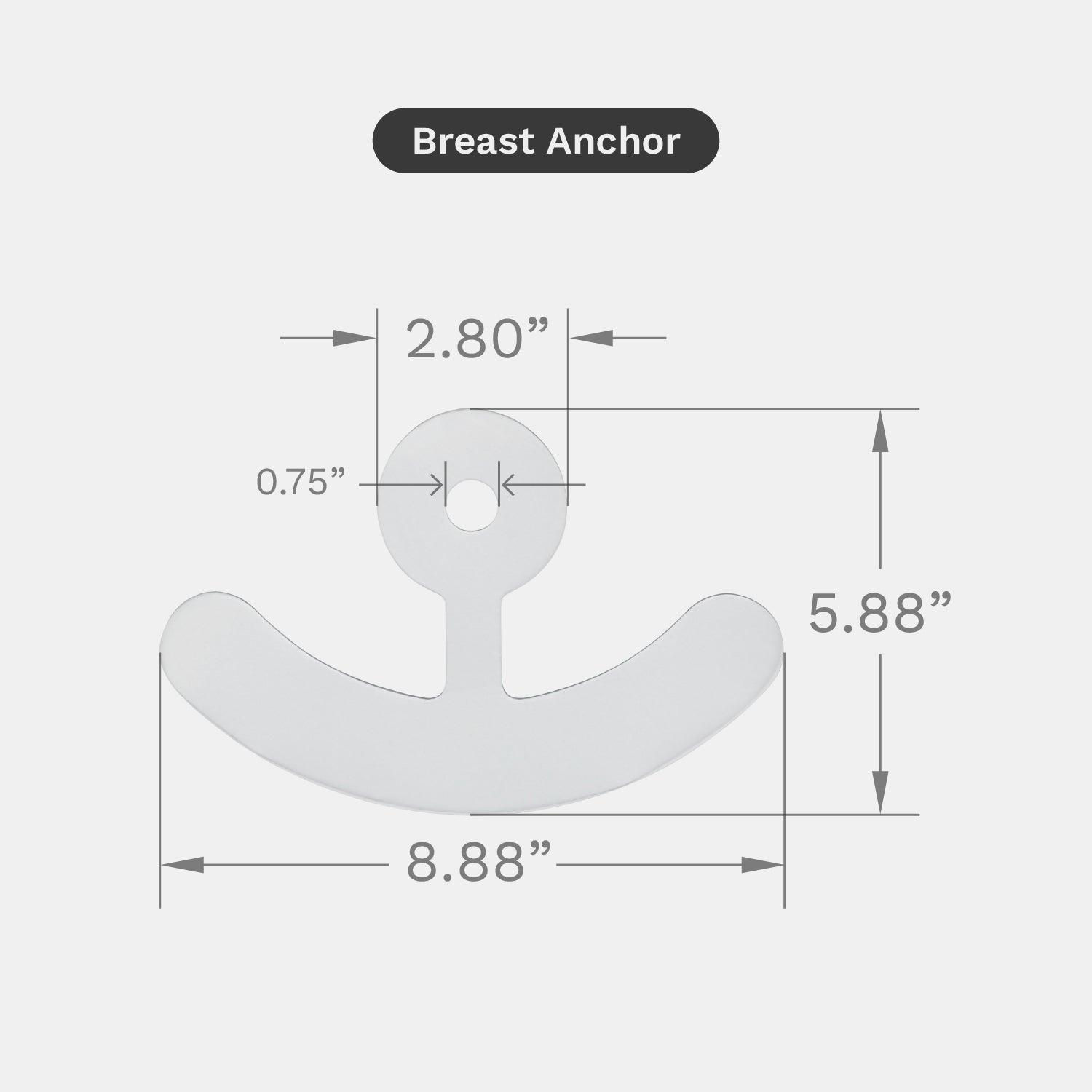
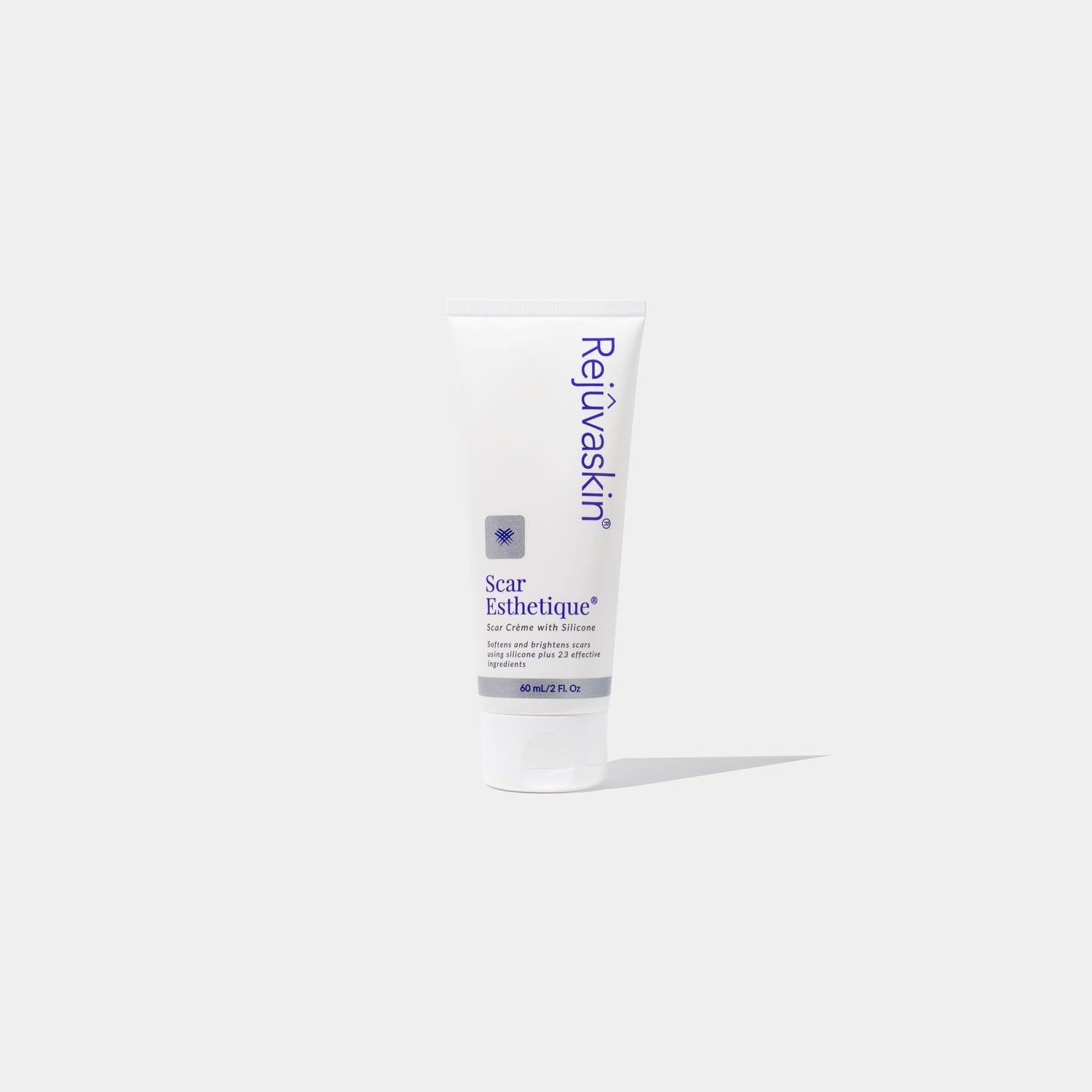
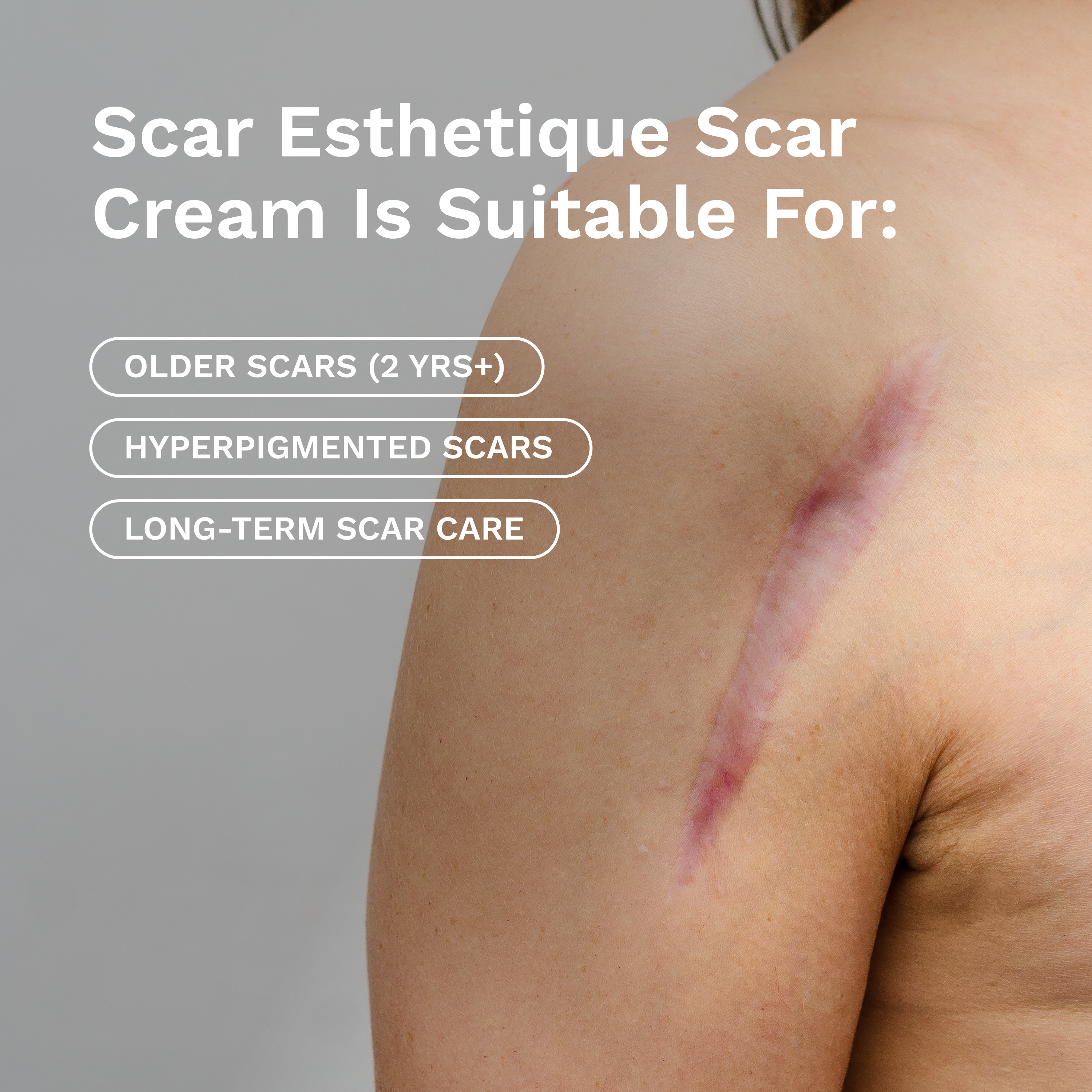








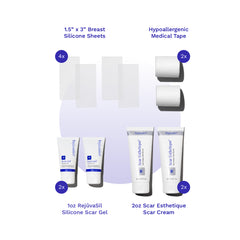
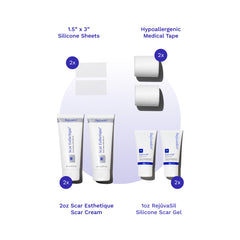

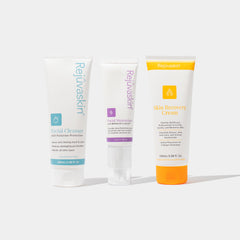

Leave a comment